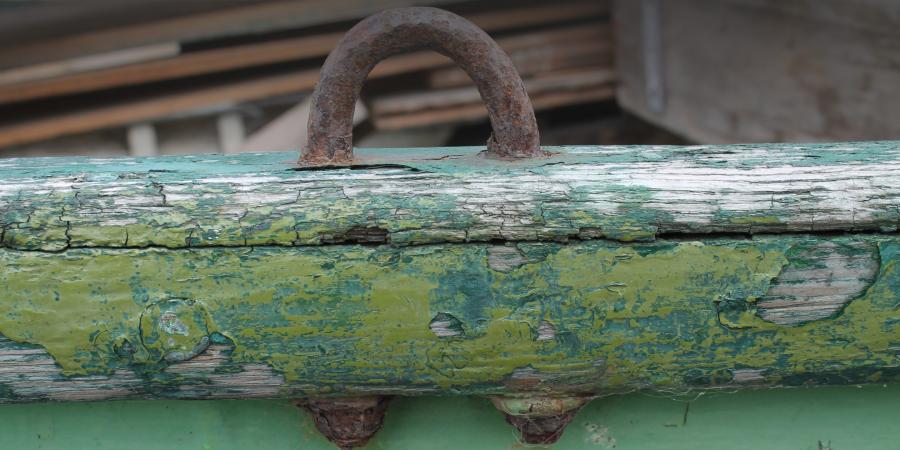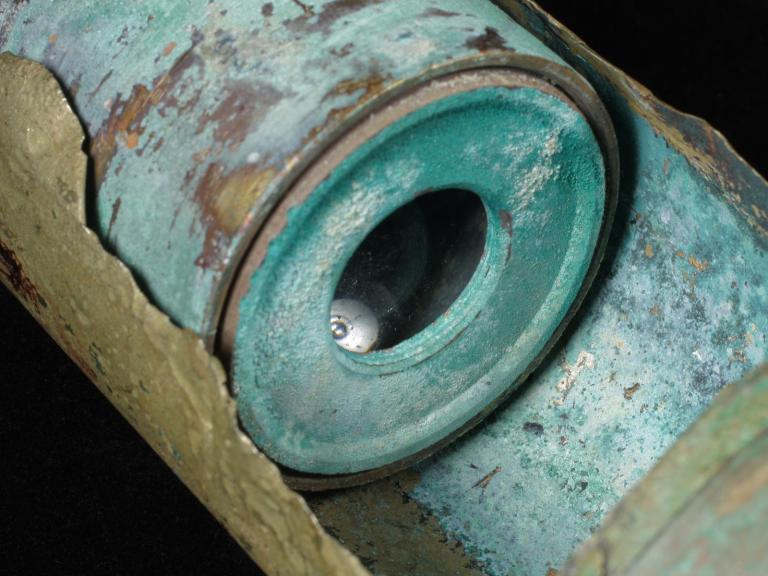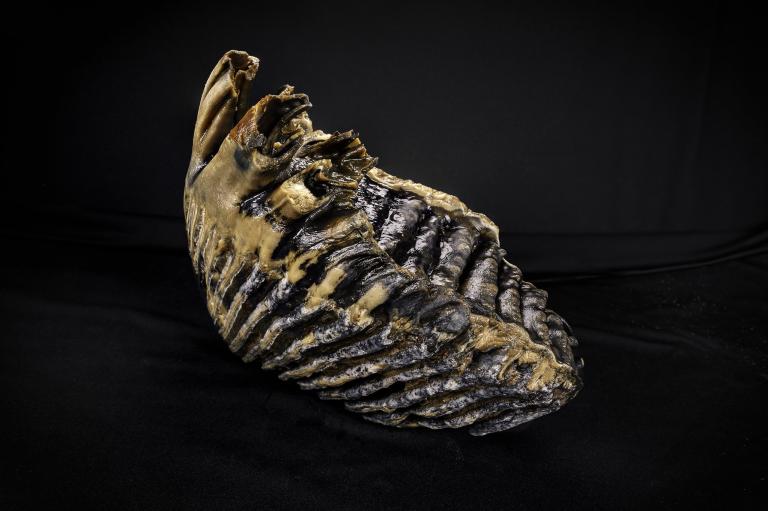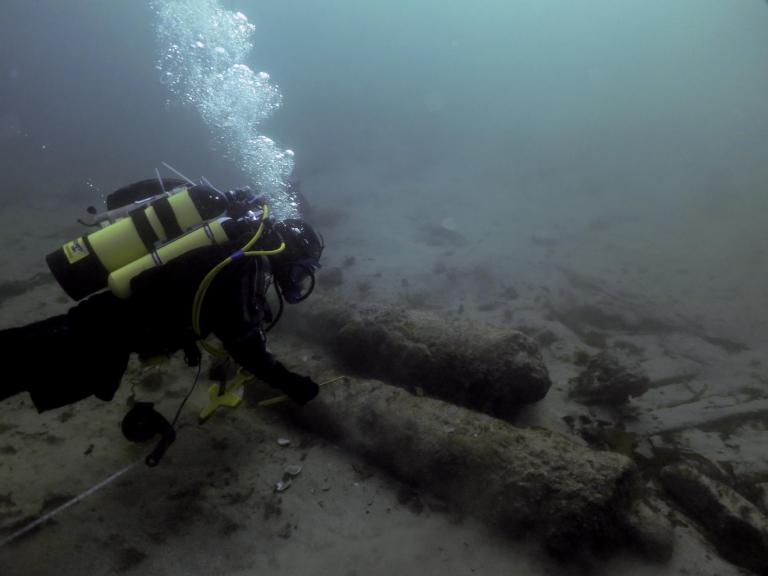The Project
The Scottish Fisheries Museum (SFM) boats collection (or Museum Fleet as it is known) contains 22 vessels of various types and sizes, including two operational vessels: the 1902 sailing fifie Reaper and the 1917 sailing baldie White Wing, both built in fishing villages to the west of Fraserburgh. As part of their ongoing conservation efforts, the SFM required an overall Conservation Management Plan (CMP) for the whole Fleet, as well as individual CMPs for some of the more significant vessels, including the two operation vessels and the static museum display vessel Research, a 1903 Zulu fishing vessel. Alongside these CMPs it was decided to complete Conservation Statements (a CMP minus an implementation/Action Plan) for three of the smaller static museum exhibits: the Newburgh salmon coble (built for fishing the River Tay), the Montrose salmon coble, Jubilee and the Museum’s most recent acquisition: the scaffie Maggie.
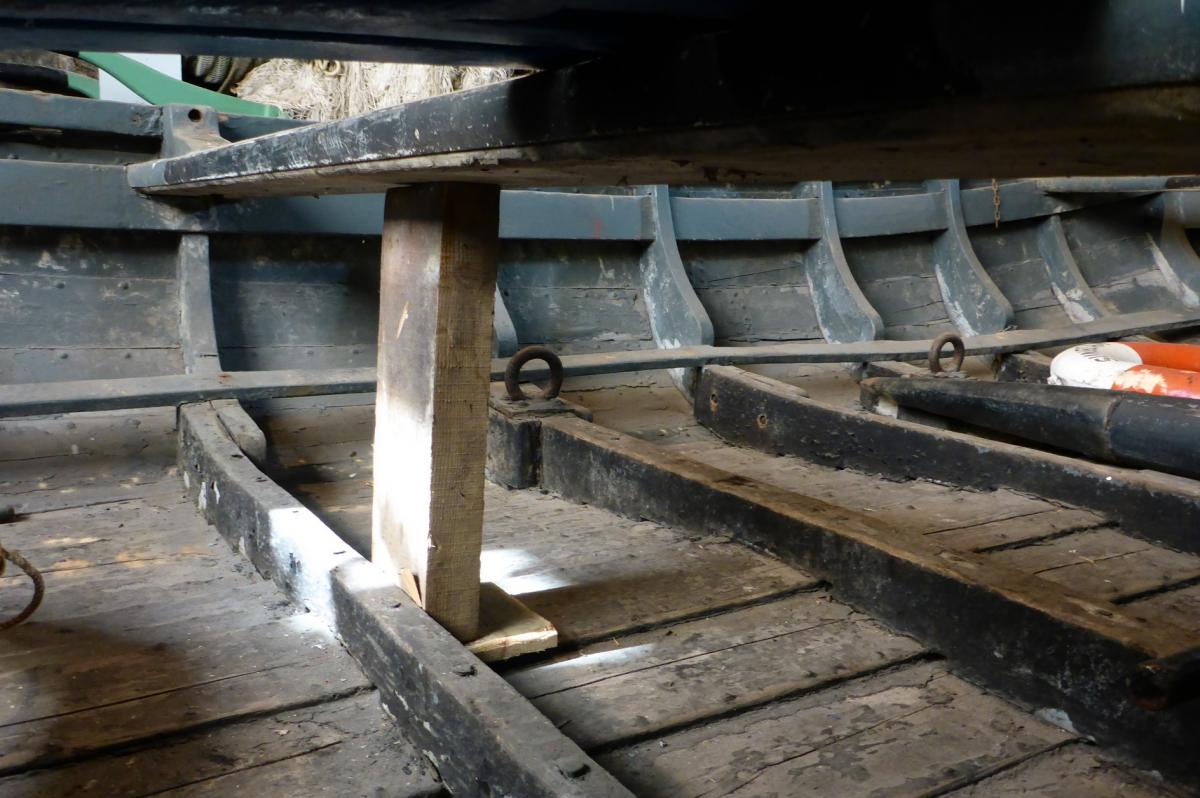
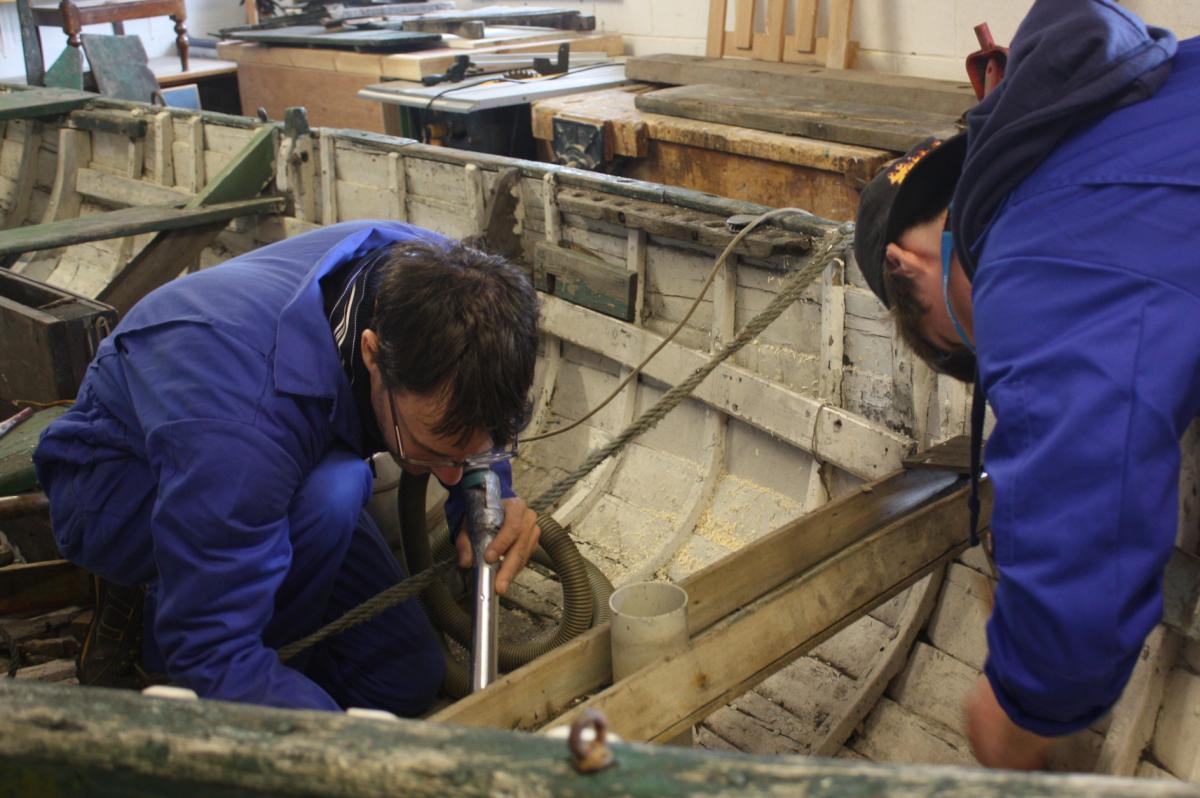
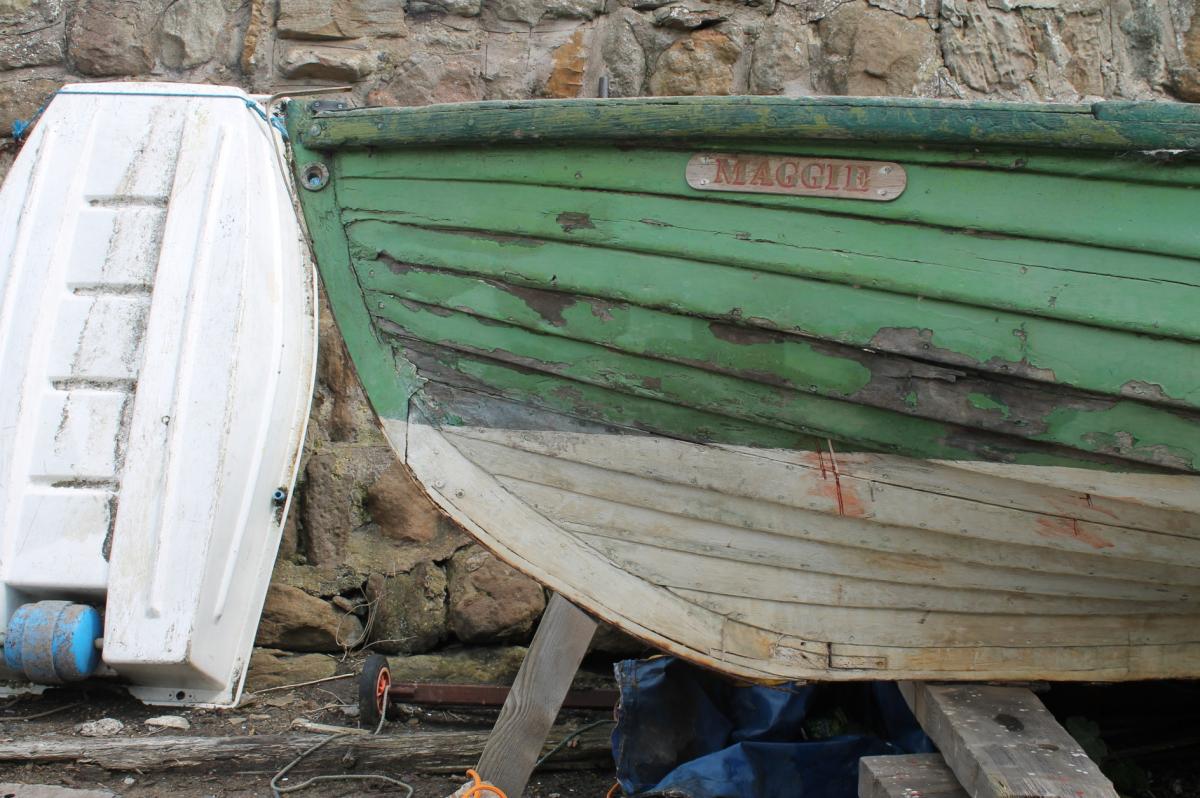
Conservation Management Plans
The preparation, form and structure of the CMPs are based on James Semple Kerr’s (2013) The Conservation Plan, and the guidance provided by Understanding Historic Vessels – Volume 3: Conserving Historic Vessels (National Historic Ships, 2010).
The comprehensive CMPS work to the key principles that:
- Historic Ships, Vessels and Boats should be conserved according to their significance.
- The aim of conservation is to retain significance and pass it on for future generations.
- All aspects of significance should be dealt with in a considered way (National Historic Ships, 2010).
Importantly, the significance is not solely defined by the physical condition and attributes of the vessel and its fabric, but also by the vessel’s connection to the community and its present function, either a static museum display or an operational vessel.
Working with staff and volunteers at the SFM, who have an excellent knowledge of the fabric and operational history of the vessels, allowed staff from our Edinburgh office to gain an overview of the history, both physical and social, of each vessel, identify significances associated with these histories and put forward appropriate methods of conservation and conservation management to ensure that the vessels retain that significance into the future.
Working with a museum dedicated to such a vital industry, and with individuals who had previously been involved in the Scottish fishing fleet, meant that WA staff were able to appreciate not only the physical beauty of each vessel, with lines developed through centuries of design evolution, but also to comprehend the close association of a crew and a skipper to a vessel, and on a wider scale, to each fishing village to its fleet. The individual vessels each had unique working lives. The Newburgh salmon coble belongs to a tradition of small river craft devoted to a method of salmon fishing now entirely extinct on Scottish rivers. In comparison the Reaper as a first class sailing fifie represents the pinnacle of sailing lugger development, a hugely powerful sailing ship designed to catch as many silver darlings as possible and then speed home to port on the Northern Isles or north-east Scotland full to the scuppers, twin tan sails big-bellied with a following wind.
With two of the vessels remaining operational, it was important to ensure that the CMP for Reaper and White Wing preserved the historic fabric and layout of the vessels as far as possible, while ensuring that they remained safe and functional, as a proportion of their overall significance comes from their operational nature. While this means that at times compromises have to be made with historic fabric, the CMPs lay out processes for replacement which ensure that the overall historic layout of the vessels should not change, and puts into place recording practices to ensure that no details are lost during refits.
With the Reaper due a major refit during 2017/2018 to ensure her ongoing operational safety, these CMPs have been vital in demonstrating to funding bodies that money spent on the Reaper will be used effectively and with long term preservation and use in mind. The overall fleet CMP has put forward suggestions for managing the collection as a whole, to ensure that the component parts of the fleet remain in good condition and that the museum targets further acquisitions to maintain the significance of the Fleet.
